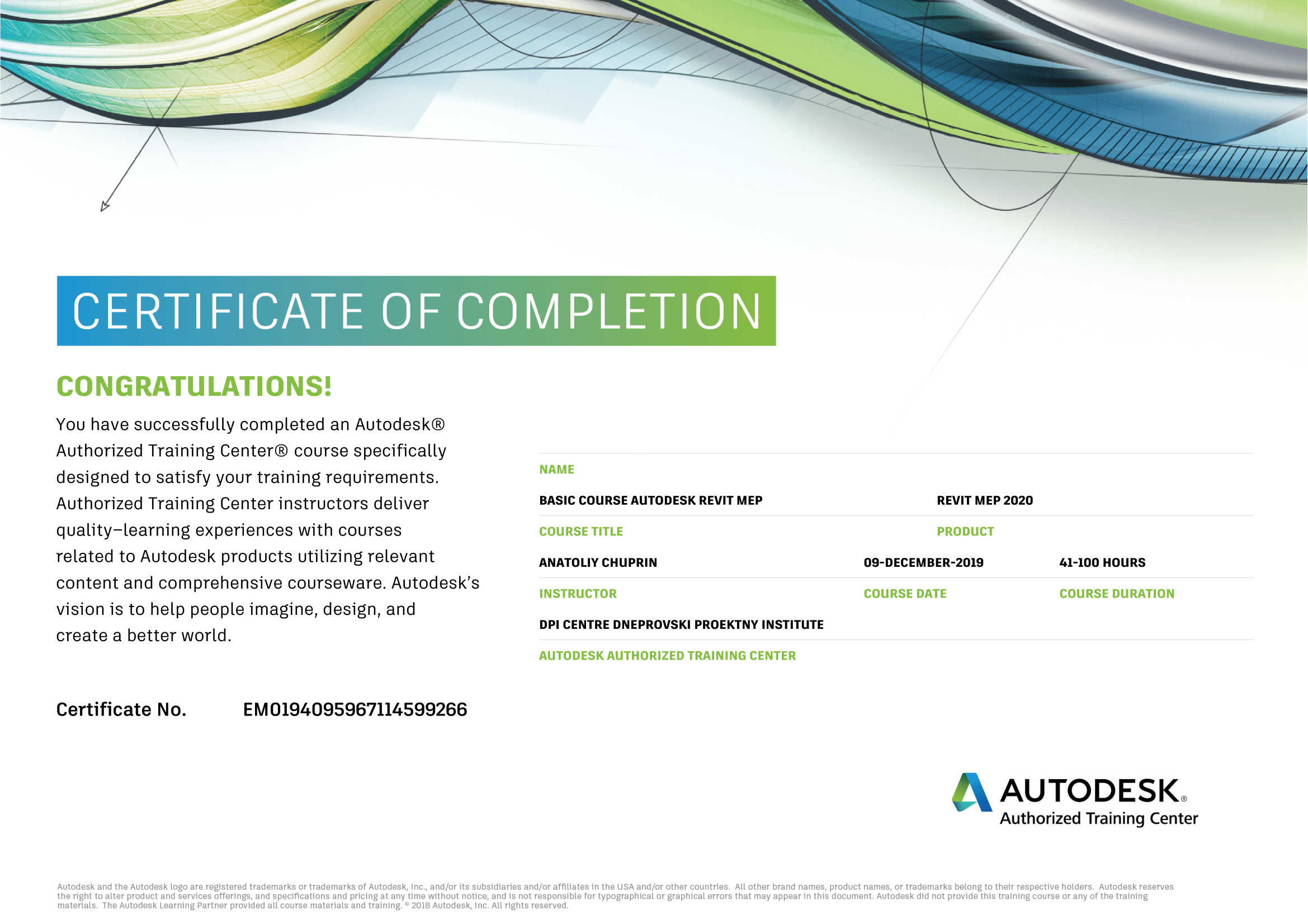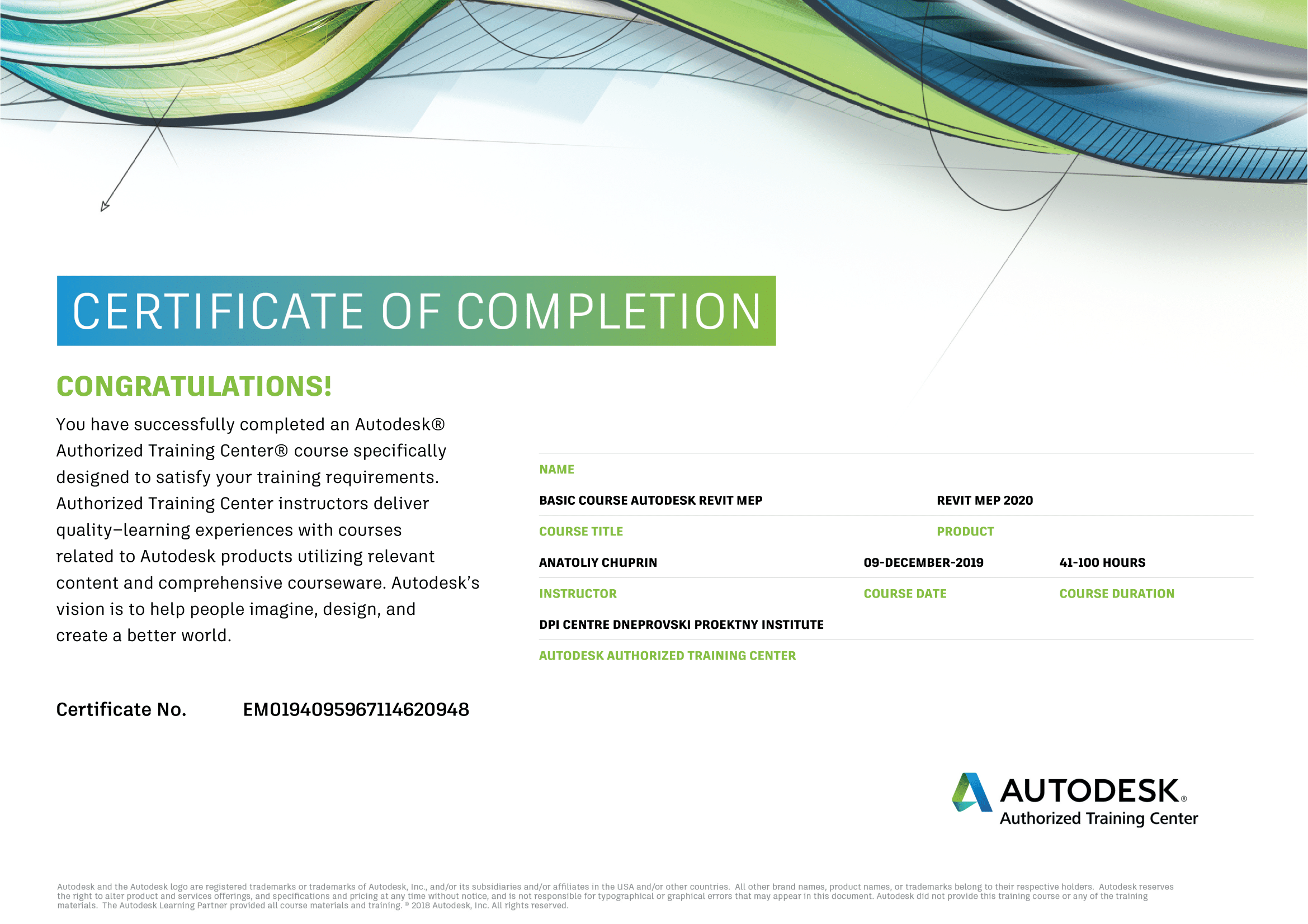What is a BIM?
Building Information Modeling (BIM) is a process based on the use of intelligent 3D models. Using this technology, specialists in the design of architectural elements, engineering systems and building structures (AEC) can even more effectively plan, design, build and operate buildings and infrastructure.
Какие преимущества дает использование BIM?
3D-visualization – Despite the fact that the creation of BIM-models allows you to achieve various goals, the direction and complexity of which may depend on the level of detail and the amount of information embedded in the model, by far the most common way to use BIM-models is to visualize design objects. The implementation of visualizations allows you to compare and select the best design solutions and best submit the project to the customer or various coordinating bodies.
Change Management – The centralized storage of all data in the BIM model instantly reflects any changes in all its representations, such as floor plans, sections or facades. Such an approach not only increases the speed of creating documentation, but also prevents the possibility of design errors by automatically coordinating various types.
Building Simulation – BIM models not only contain architectural data, but also include information from other sections of the design, for example, classification of elements according to the supporting function, components of engineering networks and even information related to sustainable design and allowing simulating the processes taking place in buildings.
Data Management – Not all information present in BIM models can be represented in graphical form. For example, the data included in catalogs and specifications helps to determine the labor required for the implementation of the project. Financial indicators, which are also part of BIM, allow you to determine the estimated cost of the project at any time.
Building Maintenance – All the data embedded in the BIM model can be used not only at the design and construction stages, but throughout the entire life cycle of the building, thereby reducing the cost of its operation, which, as a rule, is many times higher than the cost of the project.
Autodesk Revit for BIM
Autodesk Revit is a software product based on Building Information Modeling (BIM) technology that combines tools for architectural design, engineering design of building systems and building structures within a single integrated solution.
Using the Revit program to work on a single project for all designers ensures high quality and accuracy of project execution. The program, based on Building Information Modeling (BIM) technology, helps to accurately formulate design ideas and adhere to them at all stages of design, documentation and construction.
Conceptual design – convenient conceptual design tools allow you to create sketches of buildings of arbitrary shape. The faces of the resulting form will be used to create ceilings, walls, stained-glass windows and roofs. Even at the stage of conceptual design, the user has the opportunity to make a preliminary calculation of the area and volume of the building calculated floor by floor.
Parametric components – can represent both the simplest building elements (walls, columns, etc.), and more complex ones – for example, furniture, various kinds of equipment, etc. Parametric components, also known as families, are the foundation of the design process in Autodesk Revit. Families do not require programming languages to create families.
Check for intersections of model elements. The program provides a special function for checking three-dimensional model objects for spatial intersections.
Specifications. They are a type of representation of a model in Autodesk Revit. Any change in the model leads to an automatic change in the specification and vice versa. You can associatively separate the specification tables, as well as use elements such as formulas and filters in the project.
Bill of materials. Bill of materials allows you to calculate quantitative indicators in detail. This function is indispensable for determining the cost of materials. The accuracy and relevance of information on materials is provided throughout the project cycle.
Teamwork. The collaboration technology used in Autodesk Revit enables all team members to simultaneously access the building model, and also provides tools for virtual dividing the model into separate parts with the ability to set up shared access to various parts of the project.


